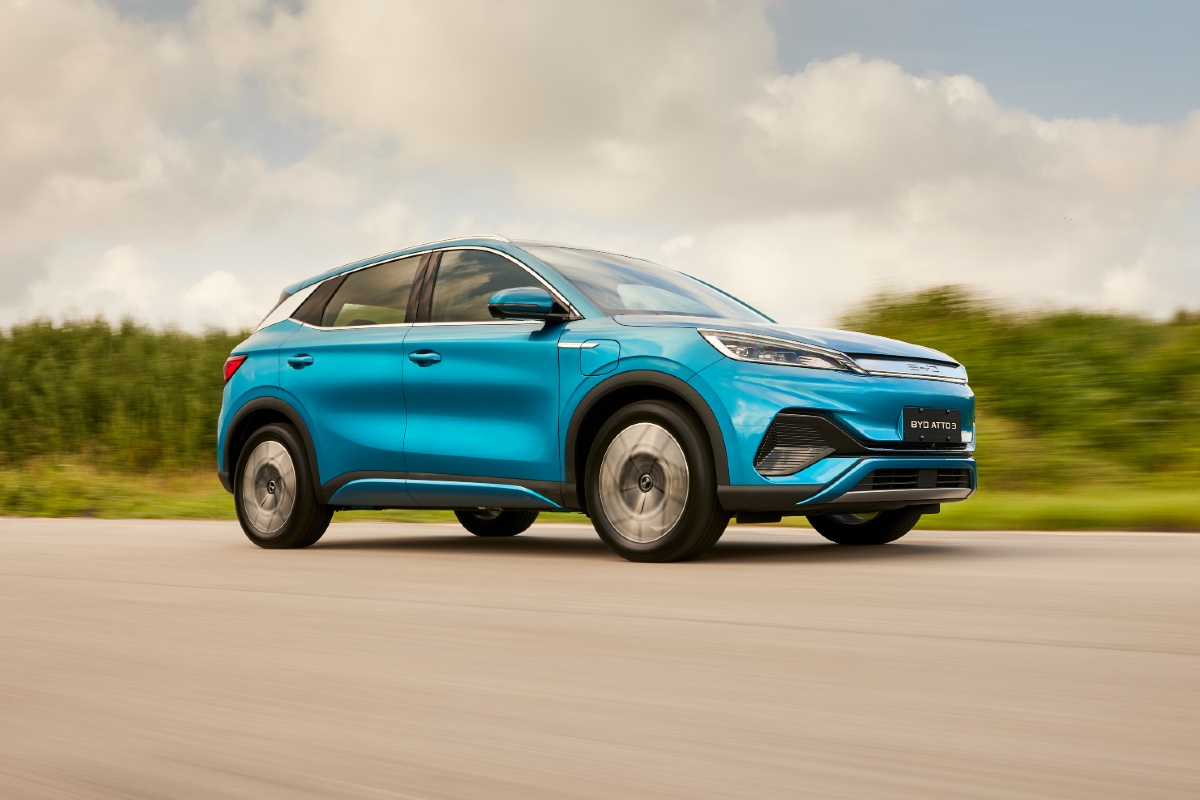How far can electric cars really go on a single charge? It is the question at the very heart of the electric vehicle transition, and it’s the automotive equivalent of ‘how long is a piece of string?’
Uncertainty around driving range, the distance an electric vehicle (EV) can manage, is still one of the largest obstacles to widespread adoption. Buyers are, rightfully, concerned that an EV may not fit their lifestyle and driving needs, especially if it can’t go as far as it says it can.
But a recent tiff between two major Australian automotive bodies has managed to highlight both the real-world challenges EVs face and the disfunctionality of the local industry at getting on the same page to support consumers, rather than big note themselves.
The Australian Automobile Association (AAA) began a ‘Real-World Testing Program’ in 2023 thanks to $14 million worth of Commonwealth government funding (so yours and mine taxpayer dollars, just to be clear).

To be clear, this real-world testing isn’t limited to EVs, but has also tested over 100 internal combustion and hybrid models too. However, its recent publication of the data for EVs caused an upset at the Federal Chamber of Automotive Industries (FCAI).
The FCAI, just to be clear, is made up of the majority of car makers in the local market, and is led by a board made up of car company executives. For reference, the current Chair is Mazda’s Vinesh Bhindi and Deputy Chair is Toyota’s Matthew Callachor.
It’s also worth pointing out at this stage, the FCAI has an unusual history with EVs. Australia’s most popular EV brand, Tesla, and Polestar both quit the body in early 2024 when FCAI chief executive, Tony Weber, repeatedly made negative comments around EV sales and the proposed (now-implemented) New Vehicle Efficiency Standard (NVES).
At the crux of this clash between the AAA and FCAI is the former’s report (released earlier this month) that found EVs are getting between five and 23 per cent less in real-world driving conditions than the manufacturers claim.
The AAA only published the results of five EVs on sale – Tesla Model 3 and Model Y, BYD Atto 3, Kia EV6 and Smart #3 – so hardly a huge sample. But it did highlight that achieving the official claim from the manufacturer is incredibly difficult.

Naturally, this isn’t a good look for the manufacturers, so the FCAI engaged its public relations department and Weber went on the offensive with a press release that hit back at the AAA testing, albeit without actually naming the AAA.
“All vehicles, including EVs, sold in Australia are tested under strict laboratory conditions set out in Australian Design Rule 81/02,” Weber said.
“This consistent methodology ensures vehicles can be reliably compared, regardless of brand or model. Tests conducted outside the ADR process are influenced by many variables, including traffic, terrain, weather and driving style. No two drivers or journeys are the same.”
He added: “We support transparent, evidence-based information for consumers, but it must be consistent. When conflicting figures are published, it undermines confidence and causes unnecessary confusion.”
Valid points in most regards, and it’s certainly true that lab testing is the best way to get a consistent result so buyers can compare. However, there are two things that are being overlooked. Firstly, Weber speaks for the car makers, so naturally they want to only promote the best, most impressive figures for their sake. Secondly, what the AAA is doing simply gives consumers more information, and despite what the FCAI says, that’s a good thing for us, the car-buying public. Knowledge is power, the more information you have, the more you can make better decisions.
As AAA managing director Michael Bradley explained, his organisation is testing these cars to give consumers more understanding about how they compare on the road compared to the laboratory.

“As more EVs enter our market, our testing will help consumers understand which new market entrants measure up on battery range,” he said. “Our Program will bring confidence to Australian fleets and families looking to buy an EV.”
The AAA says its test is based on a 93km route “in and around Geelong” that uses “strict protocols” to try and minimise the outside influences the FCAI is concerned about, such as driving style and traffic.
Of course, that doesn’t mean it is perfect and will be precise every time. But, much like we do as motoring writers here at Torquecafe, the AAA is taking what the manufacturers say and giving you some additional real-world context.
The other element that is easy to overlook is this is not unique to EVs. All cars tested in a lab will perform better than they will on the road. But knowing what the difference is between the lab and the real world is crucial to making sure you never run out of petrol or a electricity.
The fact the FCAI felt so concerned about the AAA testing to make a public statement is disappointing, but not unexpected. It has had a problematic position on EVs for some time, which came to a head when Tesla and Polestar quit.
At the time, Tesla wrote a letter accusing the FCAI of making “demonstrably false” claims about the impact of the New Vehicle Efficiency Standard. Polestar accused it of making statements that may have “irrevocably damaged consumer perception and trust” regarding NVES.

This came off the back of a press release in January that quoted Weber as saying EV sales had “plateaued” only for EV sales to finish up 9.6 per cent in February, causing more indignation from the EV-centric brands.
The key point here is car makers, through the FCAI, should not be afraid of more information for customers. Typically, people afraid of more information in the hands of decision makers are people looking to hide something.
Every car maker, whether they sell a lot of EVs or none, should be open to real-world evaluations of their products from independent sources, be it the media or bodies like the AAA. You, as a potential new car buyer, should be able to access as much information as you need to make the best decision possible before making a major financial investment. So be very wary of anyone telling you otherwise.













Discussion about this post